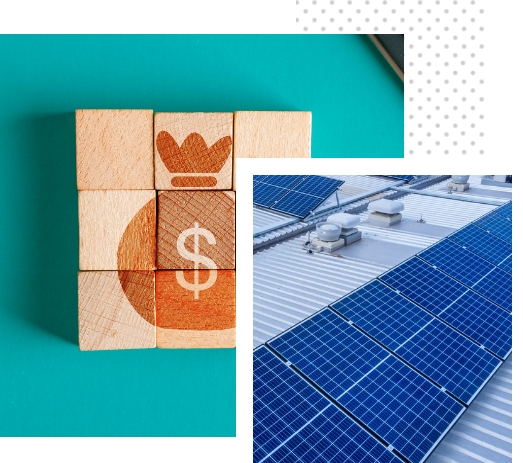Solar Panels 101
Along with wind and hydropower, solar energy is a sustainable and environmentally friendly alternative source of energy that continues to rise in popularity. All of these alternative forms of energy play an important role in reducing the amount of carbon that is released into the atmosphere and contributes to creating cleaner air and water. One of the reasons though that the solar energy industry is quickly growing is due to its increase in accessibility to the average home. Here is an overview of what solar energy is, how it is made, the average costs that come with purchasing solar panels and how you might go about incorporating it into your home.

Where Solar Panels Are Made
In the 1950s, Bell Labs developed the first practical solar cells which led to the United States quickly becoming the leaders in solar technology. Over the years though, other countries have embraced the alternative energy and have become the frontrunners. In 2016, the United States ranked number four in installed photovoltaic solar capacity behind China, Japan and Germany. Out of the top 10 solar cell makers in the world, there is only one American company, 1SolTech. Solar panels are manufactured all over the world in places such as the U.S., China, Germany, Canada, India, Korea, Mexico, Taiwan and Singapore.

Types of Solar Panels
There are two common types of solar panels that are often used. The first is photovoltaic (PV) panels which are most commonly seen on roofs of homes or in vast fields. They take the photons that are emitted from the sun and absorb them into the panels which create electric fields across the layers and result in the flow of electricity. The second type of panel is concentrating solar power (CSP), which is often used in large power plants rather than in the domestic setting. CSP concentrates the sunlight onto the receivers, collects the solar energy and converts it into heat which can then be used to produce electricity.
Be part of the Change, Solars powers the way Forward

Costs
One of the most important considerations for potential solar energy users is the expense. Because of the advances in technology and the increasing popularity of solar panels, the cost continues to fall. It is quickly becoming a much cheaper alternative to fossil fuel electricity for homes and businesses alike.
On average, a house consumes roughly 1kWh per hour with the average price of a kWh is $0.27 cents making the average monthly bill around $250. Keep in mind though that the price of a kWh varies from state to state and the monthly cost highly depends on the level of your energy consumption within the household and your current electricity rates.
The price also varies depending on how many solar panels you need. If you live in an extremely sunny location that receives sun throughout most of the day and year, the number of panels you will need will be much lower compared to someone who lives in an overcast location where the sun shines only half the year. The size of a panel array can range from 25 m2 to 30 m2.
When considering the cost for the solar panel system, remember to also add in money for the batteries which store the electricity, the controller which protects the batteries, and the inverter which converts the energy into voltage.
Installation
Not only do you need to consider the amount of sun the panels will receive, but also the slope of the roof and the tree coverage that may obscure the sun from reaching the panels. The slope of the roof should ideally be north facing, between 15-30 degrees and should not need replacing anytime in the near future.
To install these solar panels, it is highly recommended to contact a solar professional who is a certified CEC(Clean Energy Council) installer.